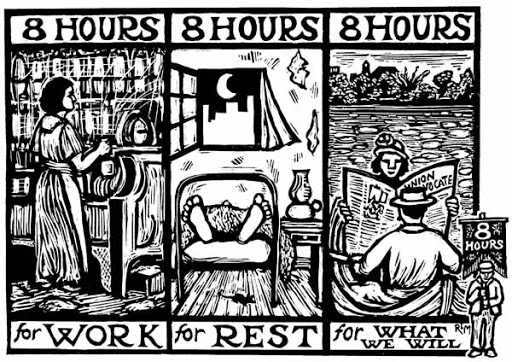Winter is, specifically in the northern latitudes, a time of cold, snowy retreat. It is a time to battle the elements and be subdued by them all at once. It is a time of forced accommodation to nature’s declaration that it has wrapped up another cycle of starting, surging and retreating, resigned to lie in preparatory wait for the conditions which allow it to begin again. All the while the creatures of this environment, human and otherwise, must adapt to surroundings that seriously limit both mobility and access and require a focus on economy of effort and the prevention of exposure. There is nothing subtle about it.
The Southern California winter, on the other hand, offers a considerably more nuanced physical presence. It does not arrive with a blast of cold or a blanket of snow. It comes to us hesitantly but with purpose. It is easily and instantly recognizable in its very measured and quiet advance. I have learned to mark the arrival and progression of our winter by the quality of the daylight. Tilted further from the sun as we are at this time of year it arcs lower in the sky and even at the peak of day offers a more diffuse and forgiving light. It is a small move, one you know has been underway for some time but that seems to arrive all at once.
Visitors from those far-off latitudes rejoice in our perpetual “summer” just as we are settling in to appreciate the subtle and comforting shift in light and growth. Without time and presence it is impossible to fully appreciate that this is a stage of slight changes, small shifts in the light and the landscape that tell the keen observer that we are progressing from one place to another. The artist Andy Goldsworthy wrote that “real change is best understood by staying in one place.” He appreciates that when we are visitors to a place we only have the present context of that place, not the additional awareness of what preceded it. We’ve missed the gradual changes and the many hints that told us it was coming. His work invites us to observe where we are and to appreciate how it is inextricably linked to where we have just been and where we are going.
The winter landscape, northern or southern, obvious or subtle, represents a significant slowing down of the natural world. And, though we may be tempted to see this as stagnation, it most definitely is not. The interlude of winter often masks from us the fractional alterations and the underlying energy that is present both around and beneath us. In the winter landscape there is a buzz of conservation, restoration and deep rooting. If it is not the time to go up, beckoned by warm soil and sun, then surely it must be the time to go across and down. To strengthen what can be strengthened in preparation for what’s to come. On the surface, very little changes. Below the surface, an intense getting ready.
In this specific winter reflection I find myself humbled by the realization that I have been neglectful of those fractional shifts in my own learning, preferring to obsess over the big change yet to be achieved rather than on the slight changes that methodically and carefully pave the way forward. The idea of progression, of building part by part and bit by bit remains a foreign landscape, a place of excuse and rationalization for those who “just don’t have what it takes to put it all together.” And, yet, amidst the harshness of that self-talk is a dawning realization of what is present and vital: that all of my learning is in service of both a vibrant present and a promising future. It is recognition that the minor shifts in my interior winter landscape are no different than those in the world outside my window. Each small change an essential part of defining a powerful presence – this is winter, here and now – while necessarily hinting at the inevitability of what’s to come.



